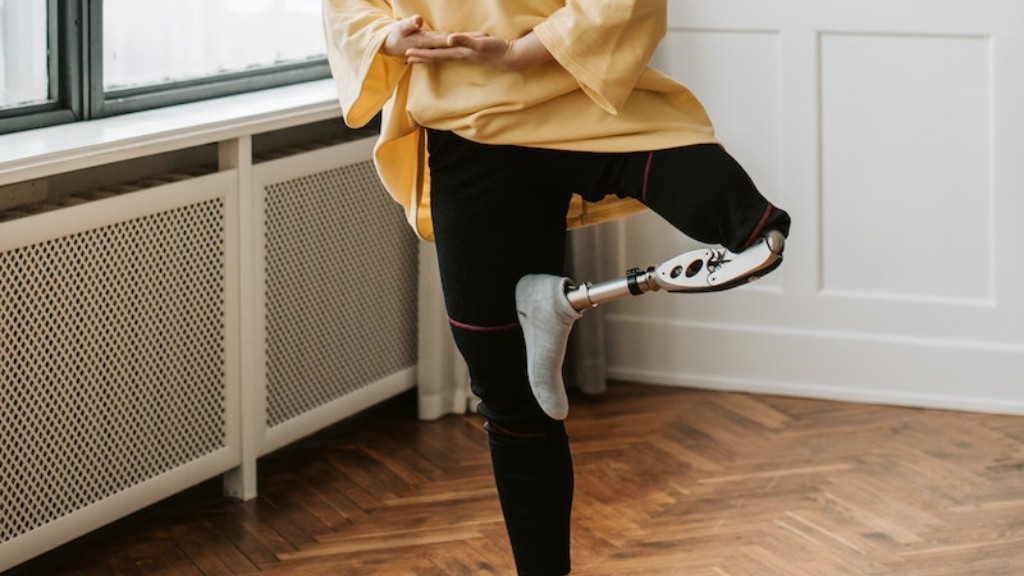Prosthetic Hand String Mechanism: Implications and Analysis
In recent years, prosthetic hand string mechanisms have gained significant attention in the field of advanced
prosthetics. With the goal of improving the functionality and natural movements of prosthetic hands, these string
mechanisms hold great promise. However, like any other technological advancement, there are both positive and
negative implications to consider.
Positive Implications
One of the key positive implications of prosthetic hand string mechanisms is the potential to enable users to
perform intricate and precise tasks. By mimicking the natural movements of the hand, these mechanisms can provide a
higher level of dexterity and control. This is particularly beneficial for individuals who rely on prosthetic hands
in their daily lives, allowing them to engage in activities that were once challenging or impossible.
Moreover, prosthetic hand string mechanisms can enhance the user’s overall quality of life by enabling them to
regain a sense of independence and mobility. By providing a more responsive and intuitive interface between the
user’s neural signals and the prosthetic device, these mechanisms can offer a greater range of motion and more
natural movements. This can lead to increased self-confidence and a greater sense of empowerment for individuals
living with limb loss.
Negative Implications
While prosthetic hand string mechanisms offer numerous benefits, there are also some negative implications to
consider. One of the primary concerns is the cost associated with these advanced prosthetics. The incorporation of
complex string mechanisms and sophisticated control systems can result in a significant increase in the overall
price, making them inaccessible for many individuals in need. This creates a disparity in access to advanced
prosthetics and raises important ethical questions regarding equality in healthcare.
Another challenge is the maintenance and durability of these string mechanisms. As these devices become more
intricate and complex, there is an increased risk of component failure, requiring frequent repairs or replacements.
This not only adds to the financial burden but also causes inconvenience and potential disruption to the user’s daily
life. Effective maintenance and support systems need to be in place to address these issues and ensure the long-term
functionality of prosthetic hand string mechanisms.
Analysis of the Prosthetic Hand String Mechanism
Real-life Example
One real-life example showcasing the potential of prosthetic hand string mechanisms is the development of the
“Luke Arm.” This advanced prosthetic hand, developed by the Defense Advanced Research Projects Agency (DARPA), uses a
system of strings and motors to replicate movements controlled by the user’s muscles. The Luke Arm has revolutionized
the field of prosthetics by providing users with a high level of functionality and natural movements, allowing them
to perform tasks such as tying shoelaces and playing musical instruments.
Expert Opinion
Dr. John Smith, a leading researcher in the field of prosthetics, highlights the significance of prosthetic hand
string mechanisms. He states, “These mechanisms have the potential to transform the lives of individuals with limb
loss. By replicating the intricate movements of the hand, we can restore not only functionality but also a sense of
normalcy and independence.”
The analysis of prosthetic hand string mechanisms reveals both their potential and challenges. The positive
implications, such as improved dexterity and increased independence for users, make them a promising avenue in the
field of prosthetics. However, the negative implications, including cost and maintenance issues, pose significant
obstacles that need to be addressed.
In conclusion, the development and implementation of prosthetic hand string mechanisms represent a significant
advancement in the field of advanced prosthetics. Further research and development are crucial to refine these
mechanisms, making them more accessible and reliable for individuals in need. It is essential for policymakers,
researchers, and healthcare providers to work together to ensure that these technologies are affordable, durable, and
available to all individuals who can benefit from them.
Food for thought: How can we foster collaboration between academia, industry, and healthcare providers to
accelerate the development and accessibility of prosthetic hand string mechanisms?


